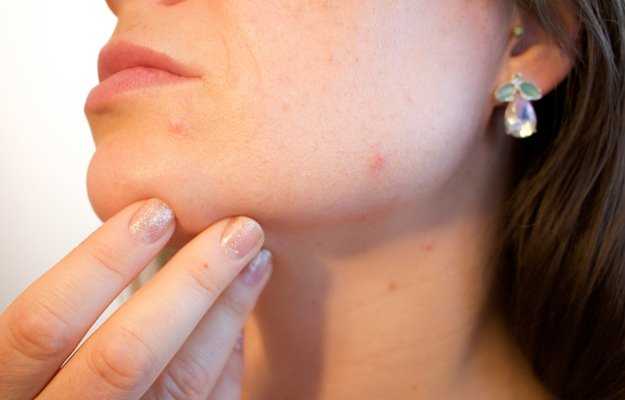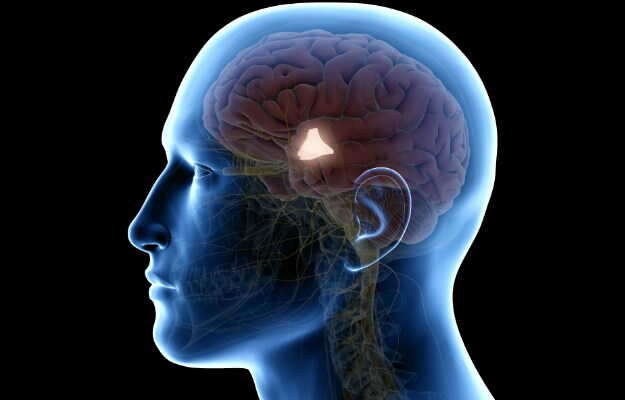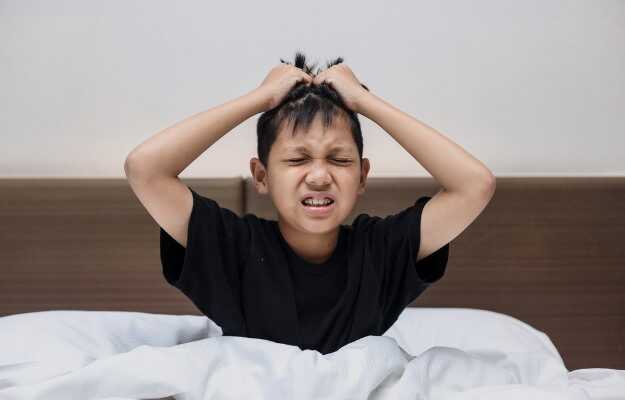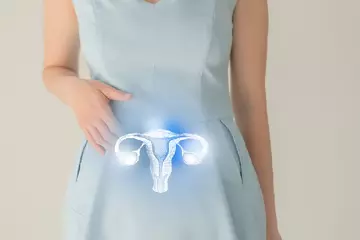Sebaceous cysts are small bumps or lumps beneath the surface of the skin, found particularly on the neck, face, upper back or the chest.
Cysts are closed sacs that can be found under the skin anywhere on the body. They are slow-growing lumps that may or may not move under the surface of the skin. They are usually filled with dead skin cells that contain keratin—a protein which is found in our nails and skin.
Read more: Ganglion cyst
Sebaceous cysts are usually harmless, although they may cause irritation if they rub against the collar of your shirt or other similarly stiff fabric. People might also become conscious of their appearance if the cysts are visible on the face or neck.
They are also known as epidermoid or epidermal cysts (although they are different) and are mostly non-cancerous and do not cause any pain, which is why most people don't even notice them until they have reached a considerable size.
Despite the harmless nature of sebaceous cysts, they can become infected. The symptoms of infection in sebaceous cysts include red skin over the surface, tenderness and pain. Read on to know more about sebaceous cysts.













































